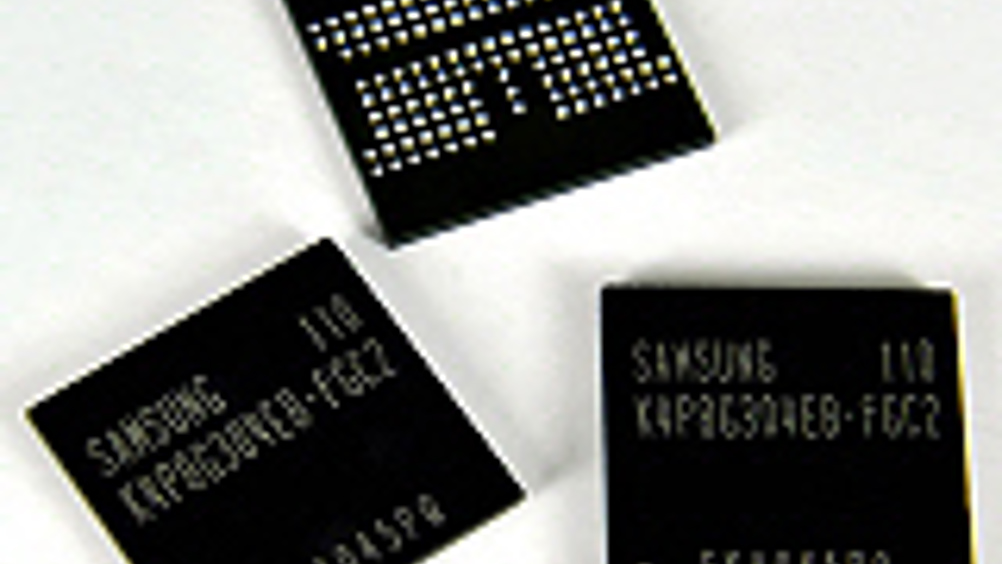DRAM market heading for ‘bleak period’?
1 min read
Global dram revenue for Q3 2011 was approximately $6.566billion – a sequential decrease of 19.4%, according to market analyst DRAMeXchange.

The analyst cites a weak macroeconomy and increasingly severe oversupply situation as the main causes, with average contract price for DDR3 2Gb falling by 35% in Q3. DRAMeXchange adds that, with the exception of Samsung, all dram manufacturers were in the red for Q3, and it forecasts that the industry is heading into 'another bleak period'.
The report states that from the supply perspective, in Q3 a portion of dram manufacturers made production cuts as chip prices fell below cash cost, thus production volume increased by only 5% from the previous quarter. However, first tier dram makers continued to adopt 30nm/40nm node processes. According to DRAMeXchange, 30nm products from the two major Korean manufacturers already accounts for 21% of total industry output and Elpida, with support from the its subsidiary company Rexchip, is expected to increase its 30nm output in 1H12. Taiwanese manufacturers are still producing mainly on 40nm/50nm technology, representing at least a generation and a half lag behind Korean dram makers. As a result of this, DRAMeXchange believes it's 'highly unlikely' that dram manufacturers turn profitable again in the near future.
As for global dram manufacturers' branded dram revenue ranking, Samsung's Q3 revenue fell by 12.8% quarter on quarter, although this decrease was less than that of other makers, resulting in a market share increase of 3.4%. The company now represents 44.5% of the market. Benefitting from having more than 30% of its output from 35nm processes as well as capacity allocation to server and mobile dram, Samsung achieved 7% bit growth and 20% operating profit in Q3.
Hynix' Q3 dram revenue decreased 23.9% sequentially, and market share fell to 21.6%. DRAMeXchange believes the severe dram price decline resulted in the deficit, which had shown profits for the previous nine quarters.












